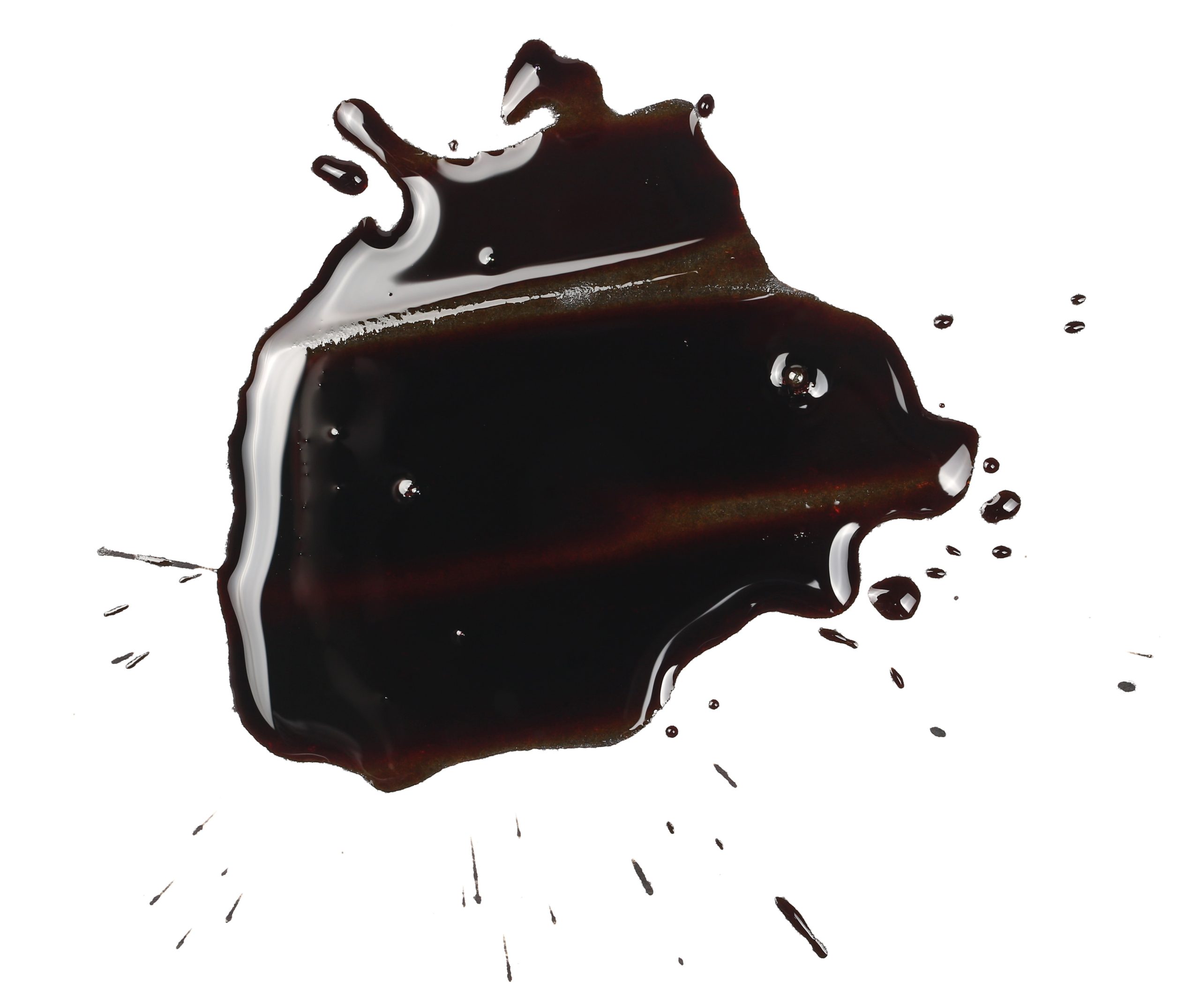Oil doesn’t last forever – over time any type of oil can degrade until it is unsuitable for use. How do you know if your oil has gone bad, and how can you preserve it for as long as possible? LH Travis has some useful information to help you protect your lubricants.
Oil Oxidation
The problem with oil that has gone bad is that it can become a sludge that only damages the equipment it’s meant to protect. It’s a problem we’ve seen plenty of times over the years at LH Travis. Oil doesn’t just go bad with age, though. Environmental factors affect the oil and cause it to oxidize.
Oil is composed of hydrogen and carbon atoms. When the amount of hydrogen and carbon in the oil is balanced, the oil is stable and unlikely to react with other elements. However, if there is more carbon present than hydrogen, loose carbon atoms can react unfavorably with other elements in the environment.
Oxygen is the main culprit when it comes to the degradation of oil through oxidation. Without getting into too much chemistry here, basically, free oxygen atoms will combine with unsaturated hydrocarbon molecules in unstable oil and produce acids that eat away at the oil.
Because oxygen is present all the time, it’s not possible to eliminate it from the industrial environment. Heat is the impetus that causes atmospheric oxygen to break apart into the dangerous single atoms that can react with the hydrocarbons in oil. Therefore, the best way to control oxidation to any degree is to seal air leaks in machinery and stay especially mindful of the temperature. It’s not possible to entirely eliminate either heat or air in a work environment, but at least be aware of areas that are prone to increased temperature or airflow and keep a close eye on your oil there.
When in Doubt, Call LH Travis
If you aren’t sure why your oil seems to have an unusually short lifespan, call LH Travis for a consultation. We can take a look at your equipment to help you determine where you are losing efficiency and what to do about it.

